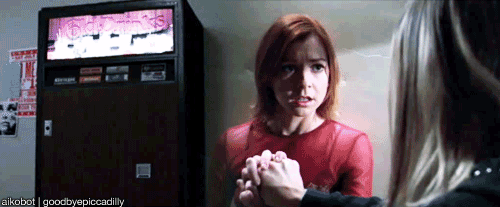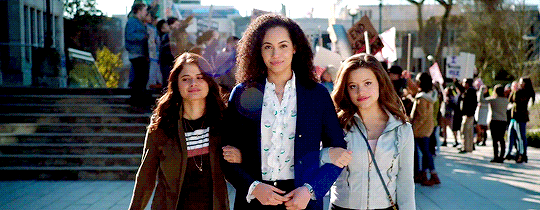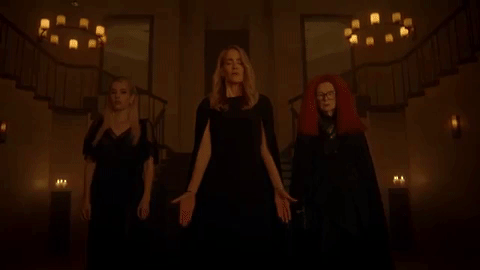Hey gang,
I’m gonna think about my dream OWcourse, which is currently just a translation of my current f2f one. My course examines popular and scholarly essays about children’s literature, toys, cartoons, and games to teach students how to critically analyze cultural artifacts using class readings and their own experiences. My thinking is to take seemingly transparent or superficial objects and dive deeply into them, empowering students to repeat this process on their own. As I think about this course in an online format, I envision four guiding principles: be redundant, be collaborative, be intersectional, and be responsive.

- Be Redundant: I want to bombard students with the syllabus, while also structuring the class through reiterative, weekly assignments that build into essays (I also talk about it here). Taking a cue from many of my esteemed peers, I want to send out a weekly schedule on Sunday morning that would provide a list of what to read, what to do, and when to do it. When students access the Canvas site, they will be shown the same information (which they’ll also find on their syllabus, in the “To Do” column, and in the calendar). Each week, students will be asked to write short response papers to that week’s reading and to comment on two of their peers. These short writing assignments will help students brainstorm potential ideas for their essays, while also enabling me to intervene at multiple points to help them with their writing.

- Be Collaborative: One project will require students to work in groups to create a website (like a WordPress of maybe a Wiki), and I want to use Canvas and Zoom to help students work asynchronously and synchronously to think through collaborative writing and work habits. I want students to explore the possibilities (and limitations) of collaborative, multimodal projects such as designing class-curated webpages, wikis, course blogs, and other forms of “public writing” that require students to think about and write for a wide range of audiences. Moreover, I want to encourage students to work together to improve their own writing through intensive, recursive peer review. To tie back to point (1), I want collaboration to become a redundant part of my class.

- Be Intersectional: This principle applies more immediately to me in my course design. As Dr. Woods encourages, my courses need to be explicitly and critically conscious of representation in order to ensure that my students are being exposed to a variety of viewpoints, particularly from marginalized populations. This begins at the bottom with course readings and examples that guarantee that I incorporate positive, empowering representations of different groups. Moreover, that I turn these selections into moments to dwell on intersectionality and to use our own lived experiences as lenses through which to interpret cultural objects (like this one that I just bought to teach next semester).

Be Responsive: Finally, I want to continue to explore the best practices of responding to my students. In addition to developing reiterative writing assignments, I want to establish grading practices that best reach students and help them to succeed. In my f2f course, I’ve started experimenting with Screencast-O-Matic and have received pretty positive reviews from students thus far. My feedback on their most recent essays was more in-depth and personalized, and, while I feel weird that I have little written trace of it, I think this approach has benefited students. On more accurately, I’ll see if it benefits students when they turn in their final two essays. But if not, back to the drawing board! In short, I want to find ways that reach students and ensure that they aren’t being left behind.

In the end, these online platforms have really expanded how we can teach writing and reading at the college level, and I’m excited to continue exploring the possibilities next semester!
 For the sake of redundancy… Also because literally almost everything I’m currently watching is about witches. I should just make my class about witches. haha
For the sake of redundancy… Also because literally almost everything I’m currently watching is about witches. I should just make my class about witches. haha
